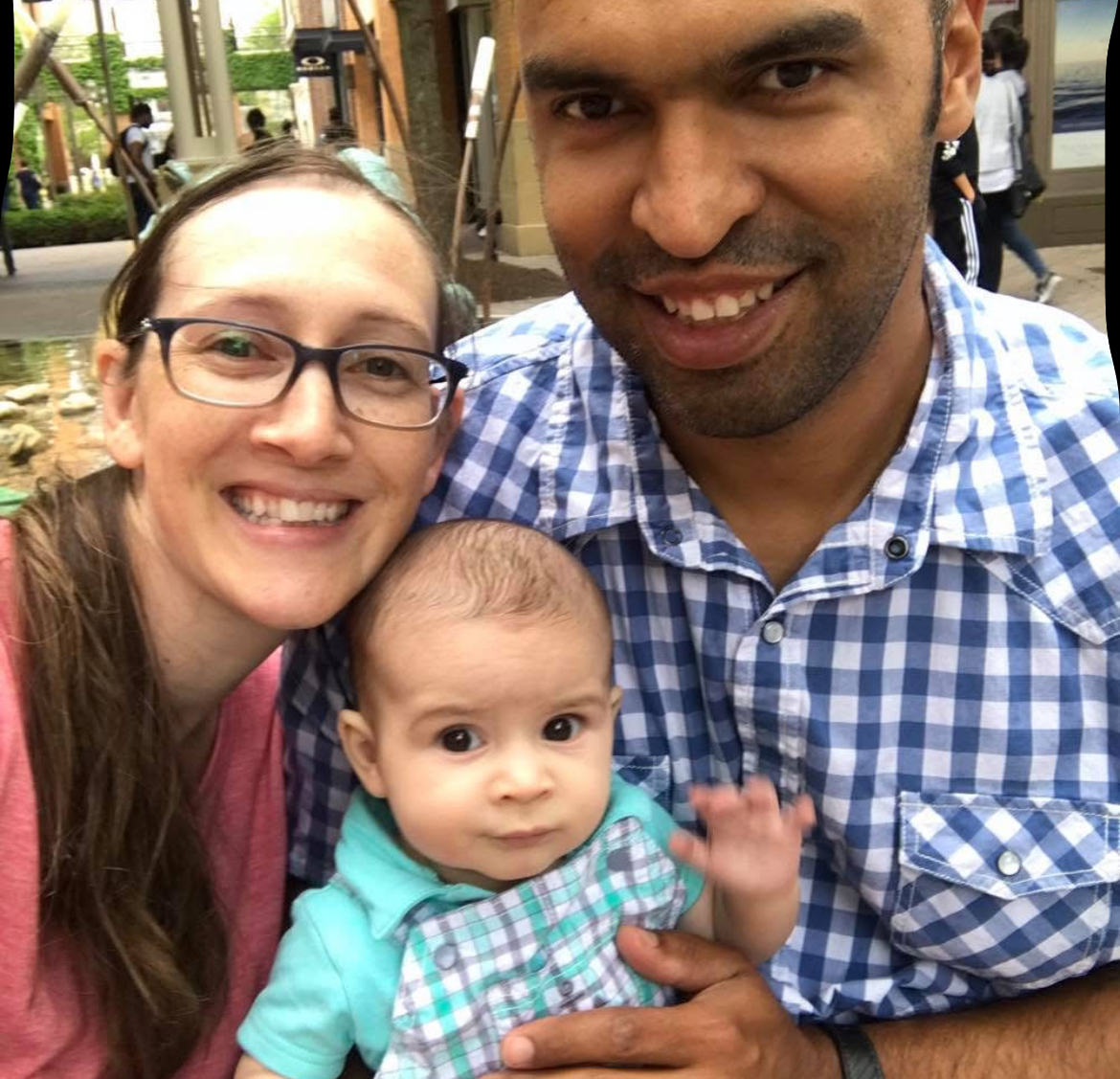
Michael Mertens
via Google
⭐️ ⭐️ ⭐️ ⭐️ ⭐️ - Master Erik Hubley is a passionate teacher and runs a top-notch school. I have known him for decades personally and he is extremely dedicated to his students and his staff. It is no wonder that MAWE is the best martial arts program in the area.

Tim Bacon
via Google
⭐️ ⭐️ ⭐️ ⭐️ ⭐️ - My daughter has been going to Martial Arts of West End for the last 5 years (after school care and summer camps). My wife and I absolutely love the staff and how they handled the children. Their hours are great and they are 99% open for care when the schools are closer. If I could give them more stars I most certainly would.
Keep up the great work and changing lives.

Littlefether Gilliatt
via Google
⭐️ ⭐️ ⭐️ ⭐️ ⭐️ - Signing up for martial arts of west end was, quite possibly, the best decision we made. Having a shy child, we wanted to find something to bring him out of his shell and give him more confidence. Master Hubley and the rest of the team have been able to provide that environment. The way they work with each person (child and adult) is filled with patience and compassion. We couldn’t have asked for anyone or any place better for our child to learn martial arts.
![]()
Matthew Morgan
via Google
⭐️ ⭐️ ⭐️ ⭐️ ⭐️ - Master Hubley is a gifted instructor that cares deeply for his students and his craft. Lessons go beyond martial arts and permeate into "life lessons." We are very grateful that our 8-year-old started here over a year ago.

LeVonne & Laura
via Google
⭐️ ⭐️ ⭐️ ⭐️ ⭐️ - This is our second time around at MAWE and we're more than satisfied with the after-school program. Our oldest attended after-school and summer camp here and later became camp counselor. Our youngest started the program this past August and the program and curriculum has helped with his emotional maturity and better centered his focus. Master Hubley is a true inspiration and his staff is amazing. We're so grateful to be a part of the MAWE family.

Richard Walker recommends Martial Arts of West End
via Facebook ·
⭐️ ⭐️ ⭐️ ⭐️ ⭐️ - Martial Arts of West End, operated by Master Erik Hubley and his A-1 crew of instructors, has been a fantastic experience for my daughter who has attended for the past three years and for the whole family even though she is currently the only student in the family. Not only has it imparted priceless qualities such as self discipline and exercise for good health, it has helped bring all of us together in self discipline goals and in moral development. It has also given my daughter a sense of purpose, lessons in achieving goals, and the truly priceless gift of a strong self esteem and a moral compass and maturity that is rare even in many adults I know.
I just cannot emphasize how important this has been as my daughter enters her teen years in a world that too often rewards for little work and where immediate gratification is too easy to obtain. Also she is learning physical skills related mainly through the tae kwon do style of martial arts... she discovers new abilities that when I was a kid seemed out of reach. I mean things ... too many to mention ... a small example include effective punching and blocking, kicking above her head, doing splits, handstands, and sophisticated self defense techniques which I have seen in mixed martial arts competitions.
I along with her mother and grandmother are all filled with gratitude for finding Martial Arts of West End along with Master Hubley and his amazing, motivational staff of martial arts experts. After three years of hard work (remember that students progress at their own pace and the timeframe does vary widely) our daughter is now two belts away from her black belt and let me assure you she has earned each and every belt along the way. I have the utmost confidence that she will be a competent martial arts student on a long and rewarding road to self fulfillment AFTER she earns her first degree black belt (Master Hubley is sixth degree) just as she is now.
In closing let me say I've priced other schools and Martial Arts of West End is a great deal comparatively, but then again it would be at any price. We look forward to seeing you and your family in white belt class!
![]()
Joe Crook recommends Martial Arts of West End
via Facebook ·
Martial Arts of West End has proven to be a positive and healthy activity for the kids. Learning kicks, punches and throws in a positive and reaffirming environment has made this a well-rounded option us. Also, they take COVID-19 cleaning precautions and masking seriously, so I have confidence that this is a healthy and safe facility to visit during these unpredictable times.

Erin Hare recommends Martial Arts of West End
via Facebook ·
⭐️ ⭐️ ⭐️ ⭐️ ⭐️ - My family adores this studio. The instructors are both knowledgeable and great with kids. It's neither a "participation trophy" type of studio nor the sort of studio that's so strict it's no longer fun.

Sarah L. Breeden recommends Martial Arts of West End
via Facebook ·
⭐️ ⭐️ ⭐️ ⭐️ ⭐️ - My son attends the after school program. He enjoys it so much! The staff is attentive, kind and helpful to all students. The program is well structured and organized. The facility is always clean and inviting. My son has learned discipline and self control through the martial arts. He has also learned honesty and integrity as well. The kiddos shout “winning spirit” at the end of their class and I do think they are developing just that!

Tammy Courtney recommends Martial Arts of West End
via Facebook ·
My daughter started with Martial Arts World of West End at the Three Chopt location in 2008. Soon after my oldest daughter and I joined her on the mat. After a few years at that location, we moved to the Glen Eagles Shopping Center. Windows and sun were a common thread that accompanied our classes. The facility is clean and inviting. In the past 2 years, they have acquired the facility next door and made a bigger room for the A+ students plus a smaller training room. All of this space is ready to have YOU join our classes. The front desk staff members are extremely helpful answering any questions that come up. The instructors are great and keep the classes different and engaging. The A+ staff is great with the kids. Come join us on the mat. You can take 5 weeks of unlimited classes for $11.00! Where else can you get that?

Holly Armpriester
via Google
It is not just Martial Arts classes! Martial Arts World of West End has a wonderful after school program and they pick up from the school. They have homework time, snack time, game time, as well as class time. My daughter has become a different child since she began attending the after school program. She is respectful, her grades in school have improved, she is more focused in school, it has boosted her self confidence and self worth, and she has become quite the little Martial Artist. I highly recommend it!
![]()
Rakesh Narayan Lal
via Google
My wife and son attended the classes here for almost 2 years and learnt a lot from Master Hubley. All masters are helpful, cooperative and understanding. They know their stuff so well and yet they all are down to earth. Highly recommend this place for serious learner’s!
Kudos to Master Hubley and entire team!

Calixto Said
via Google
This is an amazing place for many reasons. In July 2021 I started training with my 5yo son, to bond with him and get some exercise done. It wasn’t only good for my relationship with my son, but I also lost weight, made many friends, my son’s self control and discipline improved a lot… Master Hubley is a really good teacher, and really knows how to work with kids and adults together or separate. I highly recommend taking at least a month of classes and seeing for yourself.

Sam Kalinoski recommends Martial Arts of West End
via Facebook ·
This is such a great school! They honestly care about you as a person first, not just a member. They also honestly teach you the arts and how to apply it in real life situations. This school dosen’t “sell belts” like other schools in the area; trust me... I did my homework, and did the trials; this is the best school in the area, maybe even Richmond

Doug Beisch
via Google
⭐️ ⭐️ ⭐️ ⭐️ ⭐️ - I have been a student of martial arts for more than 20 years and am a certified instructor in more than one art. I took my 2 young children here 5 years ago, and was impressed by the teaching acumen and the firm but fair attitude of Master Hubley and his cadre of instructors. While it may not be the most “martial” of martial arts schools, the children learn discipline, manners, self-respect, leadership, physical fitness, teamwork and myriad values that aid them them in achieving higher plateaus in their journey of life. Master Hubley is a true master in his mannerisms with children and his martial arts acumen. I am proud to send my children here and will continue to do so because it has been such a positive influence on their lives (self confidence, fitness and overall well being). Not my primary concern, but it is also one of the most affordable and enriching after-school programs available.

Aleric Harris recommends Martial Arts of West End
via Facebook ·
Martial Arts of West End has been in my life for 7 years, and has become a passion of mine, I haven't only grown as a person physically, but in other aspects like mentally, morally, and financially. From utilizing strong self defense to beautiful traditional forms and breaking your limits even when you think you can't, Martial Arts of West End is the place to be, with amazing instructors and the one and only Master Erik Hubley, you can accomplish anything. MAWE becomes your family always backing you up and being there for you, I don't know what I'd do without it, I love it!!!

Charli Barber recommends Martial Arts of West End
via Facebook ·
Martial Arts of West End is fantastic! The instructors are top notch, the curriculum is fast paced & fun and everyone treats you like family. Such an amazing workout and great life lessons. My son and I love MAWE!

Todd Soren recommends Martial Arts of West End
via Facebook ·
I simply can't say enough about Martial Arts of West End! Each instructor is fantastic and unique and brings their own style and perspective to the common values of the teachings. The family culture is welcoming and inclusive and creates an atmosphere that is always positive, encouraging, and supportive. Going to class several times a week has become a special bonding opportunity for my daughter and me to which we truly look forward. Whatever your motives -- be it learning self-defense, physical fitness, or just a hobby to keep busy -- Martial Arts of West End will no doubt exceed your expectations and help you become the very best version of yourself in the process.

Shannon Carr recommends Martial Arts of West End
via Facebook ·
⭐️ ⭐️ ⭐️ ⭐️ ⭐️ - Martial Arts of West End is a fantastic place to train martial arts. Classes are fun, the people are friendly, and the instructors take the time to tailor instruction to the individual. They work with people with any sort of obstacle or challenge to best meet their needs. Training at this school is rigorous and challenging, but it is also accessible to anyone, young or not-so-young, fit or ready to become fit, new or experienced.

Jeneva Hockett recommends Martial Arts of West End
via Facebook ·
I can't say enough about this place. My kids have been there a few years now and I couldn't ask for a better place for them. Master Hubley not only teaches martial arts, but true deep down core values that so many children lack today. He also maintains great relationships and communication with parents. He truly cares whole heartedly for each individual child and their families. For our family martial arts of west end is not just an after school program- they're also a PART of our family

Courtenay Fisher recommends Martial Arts of West End
via Facebook ·
Exceptional, nurturing, empowering, confidence-building, mentally and physically challenging, and so much more. These are just a few of the words I could use to describe this wonderful school.
We were fortunate to become part of the Martial Arts of West End family a few years ago. I had studied martial arts many years earlier, but wanted to begin again and give my kids the benefit of martial arts training. Master Hubley and all the instructors immediately drew us in with their family-friendly program and their genuine interest in our success.

Bill Norris recommends Martial Arts of West End
via Facebook ·
Master Hubley and his team run a wonderful program. They teach kids discipline, respect, self-confidence, and the power of setting/achieving your goals. If you are up for it, they will teach parents the same thing. Join a great program that you can do with your children. Its well worth it.

Kelli Cannon Brown recommends Martial Arts of West End
via Facebook ·
Martial Arts of West End provides outstanding after school and summer camp care for kids!! We've been members of Master Hubley's school for almost 7 years for two kids and I can honestly say that we've never considered another option once we started! Outstanding in every aspect!

Smita Lal recommends Martial Arts of West End
via Facebook ·
Me and my 5 years old son joined the martial arts seven months back with apprehension because this was our first time but I am happy to say that Master Hubley, Master Davis and all other instructors and members are very cooperating, helpful and patient with us as well as with all other students. I highly recommend this martial art class. This is a great place to learn taekwando.
Front desk staff is also cheerful and helpful. Lots of respect to Master Hubley! Thank you Sir.






















